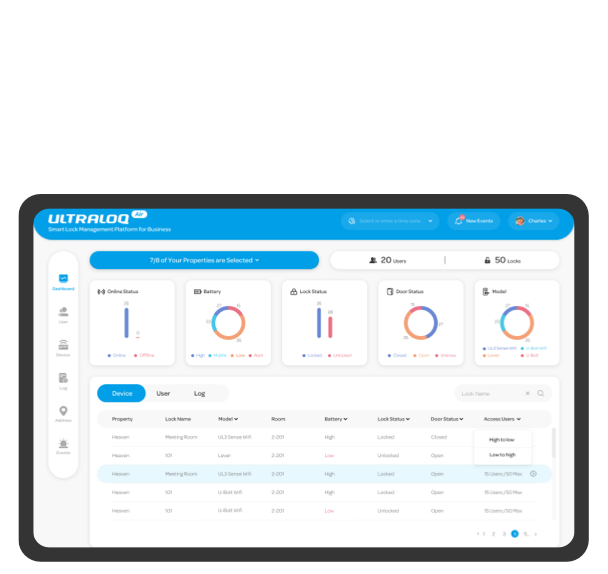Introduction
Ultra-Wideband (UWB) is quietly revolutionizing how devices perceive and interact with their surroundings. Unlike familiar wireless standards such as Wi-Fi or Bluetooth, which primarily offer connectivity and proximity detection, UWB delivers spatial intelligence: pinpointing not just proximity, but precise distance and direction.
What Is Ultra-Wideband?
UWB is a low-power, short-range wireless protocol that transmits ultra-short pulses across a broad frequency range—typically 3.1 to 10.6 GHz—to measure distances using time-of-flight (ToF). This enables centimeter-level accuracy in both position and orientation. While Wi-Fi and Bluetooth can tell you a device is nearby, UWB tells you exactly where it is, how far it is from you, and which direction it’s moving.
UWB: The Next Step in Real-Time Location Systems
Conventional RTLS systems relying on Wi-Fi or BLE struggle with issues like signal interference, multipath distortion, and meter-level accuracy—especially in metal-rich or dense environments. UWB, by contrast, delivers:
-
Centimeter-level positioning precision (often under 30 cm)
-
Low-latency updates suitable for real-time automation
-
High reliability even in complex physical spaces
-
Energy efficiency that supports mobile tags and long deployments
Strategic Use Cases: Demonstrated ROI
Several industries are already embedding UWB pilots that are quickly becoming operational assets:
-
Corporate Campuses: Seamless, intent-based access control tailored for hybrid work models
-
Healthcare: Accurate tracking of staff, patients, and equipment; automated duress alerts; optimized patient flow
-
Manufacturing & Logistics: Real-time asset tracking, digital twin creation, automated workflows, inventory precision
- Major adopters include Siemens and Zebra
Thanks to unified infrastructure from vendors like Cisco and Juniper, organizations can layer UWB onto existing networks. Industry alliances such as FiRa, Aliro, and the Car Connectivity Consortium are aligning standards to ensure scalability, compatibility, and security.
Enterprise Infrastructure Evolution
Leading enterprise access points now integrate UWB radios alongside Wi-Fi and Bluetooth. This consolidation enables unified services that blend connectivity with spatial awareness—powering automation, asset visibility, and advanced security.
UWB in Smart Homes & Vehicles
Even outside commercial settings, UWB is reshaping user experiences:
-
Smart Homes:
-
Hands-free automation (e.g., lights turning on as you enter, locks activating as you approach)
-
Intent-based behavior awareness (tracking movement, direction, identity)
-
Secure, passive access—without wallets or phone taps
-
-
Smart Vehicles and Locks:
At CES 2025, UWB-enabled smart locks like Ultraloq Bolt Mission and Schlage Sense Pro demonstrated hands-free unlocking, leveraging UWB’s fine spatial detection. Meanwhile, auto makers are kinching UWB into digital car keys. The forthcoming Aliro standard—backed by Apple, Samsung, and Google—will help unify secure UWB interactions across homes and vehicles.
UWB Complements, Not Replaces, Other Protocols
Each wireless technology has its strengths:
Rather than replacing existing protocols, UWB enhances context-aware capabilities while operating invisibly in the background.
Invisible Power Behind the Scenes
Consumers aren’t likely to notice UWB’s presence—because it functions transparently:
-
Technologies like Apple’s AirTag blend Bluetooth for broad detection and UWB for precise guidance (“turn left… walk five feet”)
-
UWB chips now reside in many smartphones—from iPhones to Pixels—offering future-ready spatial intelligence they’ll rarely think about.
Conclusion: UWB Is the Missing Layer of Spatial Intelligence
As our environments grow smarter, UWB delivers the essential precision, context, and responsiveness that AI, automation, and access control systems require—without changing how users behave.
While UWB won’t become a household name, it will quietly elevate experiences across smart homes, vehicles, retail environments, industrial sites, and secure campuses.
For forward-looking businesses, UWB isn’t optional—it’s foundational.









